Bombay Bustle opened in November 2017, the casual sister of Michelin-starred Jamavar. The restaurant is on the site of the old Hibiscus. The room is smartly decorated along the theme of an old Bombay railway carriage, so for example the lamps on the walls are those you may see in a train carriage there, as well as tiffin boxes of the type that are delivered in their thousands every day to office workers. For those unfamiliar with it, there is a remarkable efficient lunchbox delivery system in Mumbai whereby “dabbawalas” on bicycles pick up hot lunches from (mostly) homes and (sometimes) restaurants and deliver them to workers in city centre offices via the extensive railway network. Around 130,000 such lunches in their little tin boxes are delivered, and then later returned, every day by around 5,000 dabbawalas. This all happens with remarkable reliability, using colour coded delivery addresses to overcome the limitation that many of the dabbawalas are illiterate. It is so impressive that Harvard Business Review wrote a case study on it in 2010, praising the system’s high quality standards. Across 80 million deliveries, fewer than 300 lunch boxes supposedly go astray each year.
Back in the restaurant, Bombay Bustle has a downstairs room too, its décor continuing the same theme and based on a Bombay railway lounge, though a rather smarter one than I can recall from the real railway station. The room features a little dessert bar where you can retire to after your main meal should you wish. Bombay Bustle is a large operation, the restaurant seating 72 on the ground floor and 44 downstairs. In charge of the kitchen is Bhaskar Banerjee, a long-time associate of Rohit Ghai, the executive chef of Jamavar.
The menu has “small plates”, tandoori dishes, and then curries and biryanis. The small plates were £5 to £10, the tandoori dishes £10 to £18, the main courses £14 to £18, with side dishes generally £6, rice £3 and desserts mostly £6. The wine list started at £24 and had labels such as Boekenhoutskloof The Wolftrap blend of Viognier, Chenin Blanc and Grenache Blanc 2016 at £25 for a bottle that you can find in the high street for £10, As Laxas Ferrum Albarino 2016 at £44 compared to its retail price of £16, and Laurent Perrier Rose NV at a not unreasonable £85 for a wine that will set you back £56 in a shop. Apart from the champagne, the priciest wine was £48.
Samosa papdi chat featured a large vegetable samosa with a garnish of chaat, made up of sev, wheat crisps and mint chutney. This was excellent, the samosa nicely made and the chaat flavours well balanced (14/20). Less good was an Indian take on fish and mushy peas, in this case Amritsari beer-battered fish with masala green peas and Gurkha (tomato) chutney. One issue was that the peas were cold, which seemed odd, but the fish itself could have had a crisper coating (just about 12/20).
The tandoori dishes brought the meal back on track. Murgh malai kali mirch had a large chunk of chicken that had been marinated with mace, green cardamom, cheese and black pepper and then cooked in the tandoor. The chicken was cooked carefully and was tender, the spices coming through nicely. On the side was a cold salad involving bean sprouts; I have never been entirely convinced about mixing hot and cold on a plate, but the chicken was very good (14/20). Also excellent was tandoori lamb chop, a Hampshire lamb chop prepared with pickling spices and garnished with a little pickled onion, the meat having lovely flavour and cooked very well, the lamb enhanced by the spices (14/20).
Bohri (Bohra is a Gujarati Muslim community) chicken curry came with a fried quail egg and whole spices. While this was very pleasant, the green curry sauce for me seemed a little bland, though this is probably just a matter of personal taste (13/20). Lamb biryani was good, coming with an unannounced hard boiled egg in addition to the meat, the rice grains distinct and mildly aromatic, the meat tender (14/20).
A side dish of Tareka aloo was the only real misstep of the meal, notionally crispy stir-fried potatoes with spring onions and cinnamon. I suspect that the dish may have been waiting too long, but by the time it arrived the potatoes were far from crisp. It was not unpleasant, but not as described and not of the level of the rest of the dishes (11/20). Naan and paratha were both good, the naan suitable light and fluffy, the paratha having good texture (14/20).
Saffron kulfi was good, with good flavour and avoiding having the ice crystals that versions in some establishments have. (13/20). We also sampled a “pina colada” dessert of Goan pancake with jaggery, white rum and coconut. This was refreshing, though by this time we were pretty full and so couldn’t really do it justice (13/20). In a nice little touch, one of the sorbets was hibiscus flavour, a little nod to the restaurant previously on these premises. Coffee was excellent, from the estimable H.R. Higgins, holder of the royal warrant, in nearby Davies Street.
Service was very good and we even had that rarest of creatures in London, an English waiter, a species I thought had vanished from our shores. The bill came to £66 a head with sweet lassi to drink rather than alcohol. If you ordered more prudently and shared a modest bottle of wine then a typical cost per head might be around £60. Overall I enjoyed my meal at Bombay Bustle, which amongst other think had very clear and distinct spicing, and did not hold back on the chillies for fear of offending the palates of Mayfair diners. However in these early days (the second week of opening) there was some inconsistency, with the odd dish needing some tweaking. Nonetheless the best dishes were very good indeed, and the overall standard was still reasonably high.
At a second meal a few days later I tried some different dishes. Spiced scrambled egg came on a naan with slices of truffle. This was certainly pleasant though perhaps the spices were a bit tentative (13/20). Bambaiya ragda was a crisp potato pattie with peas, tamarind chutney and honey yoghurt. This was very successful, the texture of the potato good and the sweetness of the tamarind nicely balancing the spices (14/20).
Fish tikka with Goan spices and fried onion was unusual in that it used mackerel. I am a big fan of mackerel but it seemed a rather odd choice here, with the accompanying garnish a touch on the soggy side. This was still pleasant enough but it was not a patch on the superb stone bass tikka at Jamavar (12/20). Tandoori cauliflower kept the texture of the vegetable well but was very spicy indeed, even to my taste; it is not often than I think the chilli level in a dish should be moderated, but in this case it would have been better dialled down a notch (13/20). Chicken curry was served on the bone and had tender meat, though for me the sauce was a little one-dimensional (12/20). Paneer butter masala came with peppers, fresh tomato and fenugreek. The paneer was fine though not in the league of some that I ate a week before in Udaipur. The sauce was fine though the tomato flavour seemed a little dominant (13/20). Chana masala had chickpeas that were tender enough, with ginger, carom seed and dry mango, but the overall effect seemed rather bland (12/20).
Roti bread had good texture (14/20). Service at the second meal was a bit more stretched. Our waiter was good though the finished dishes were left too long at the table. Nonetheless, this was overall still a pleasant experience and given that was only the second week of opening the standard of the food was quite high. If the restaurant can iron out the early inconsistencies that I found then it will prosper, as the best dishes here were very good indeed. Even in its second week and before any obvious launch publicity, the restaurant seemed very busy.


















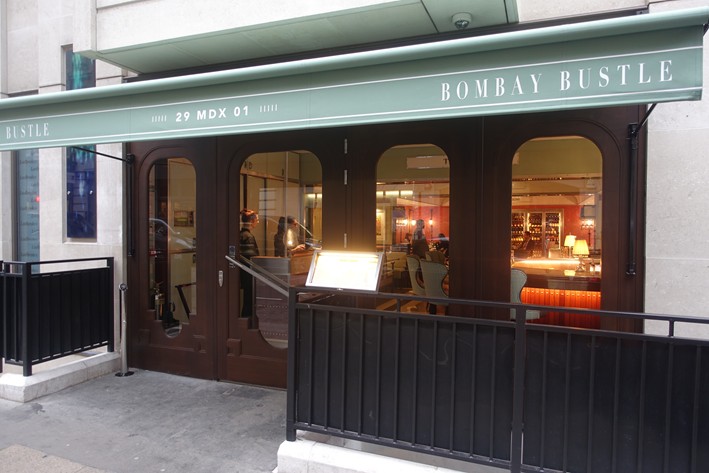




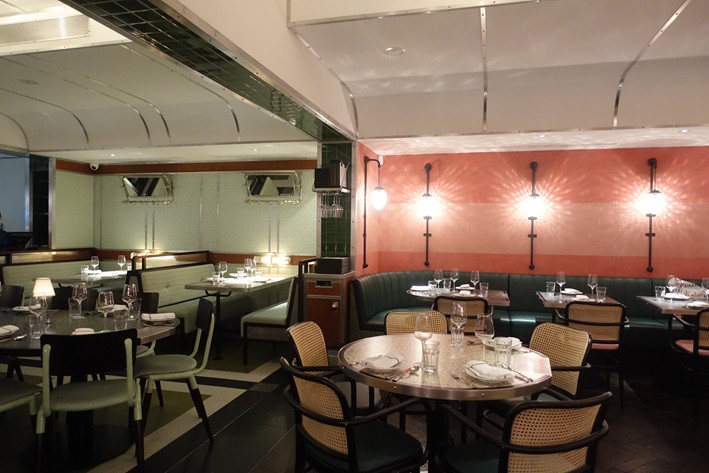
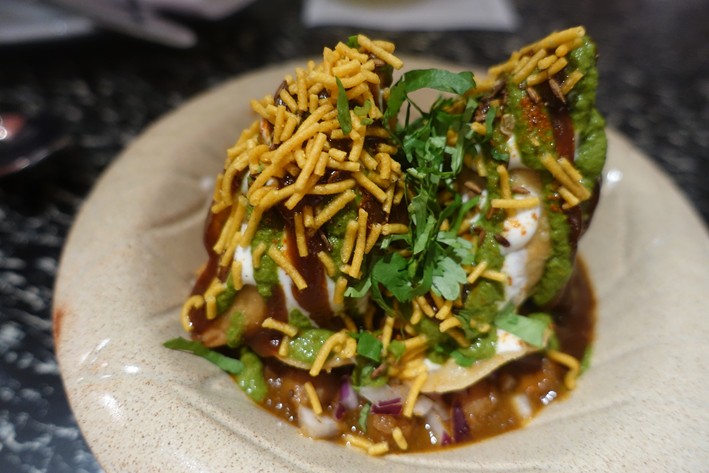
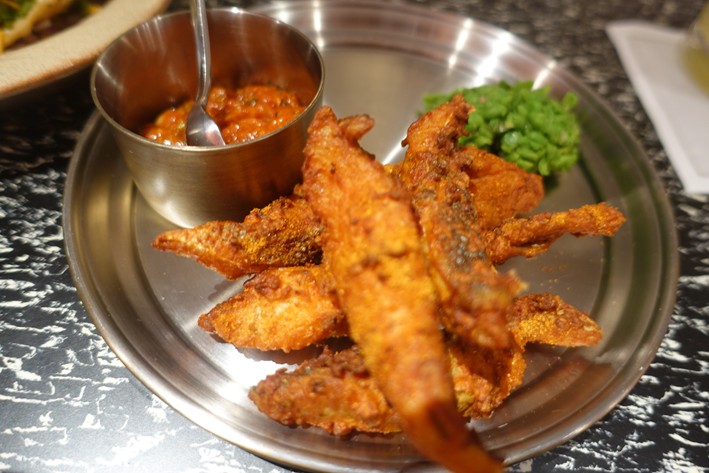
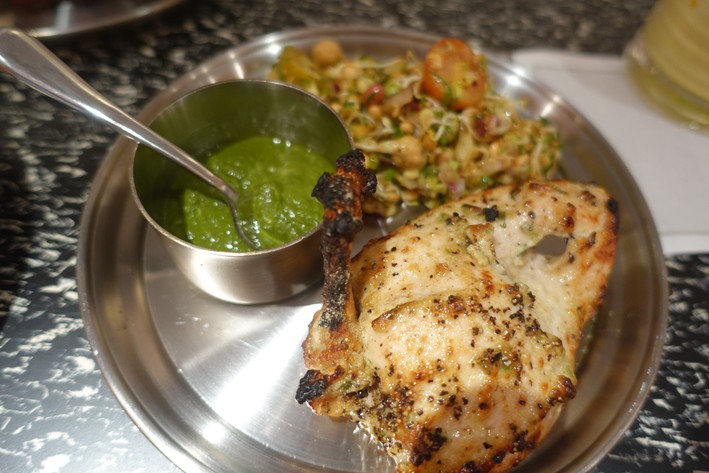
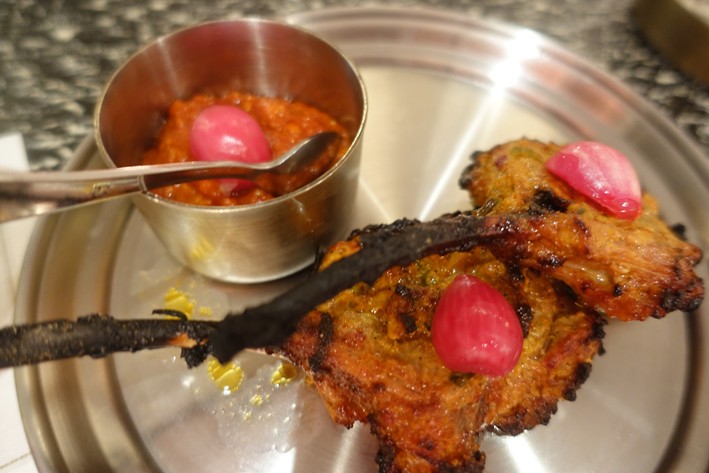

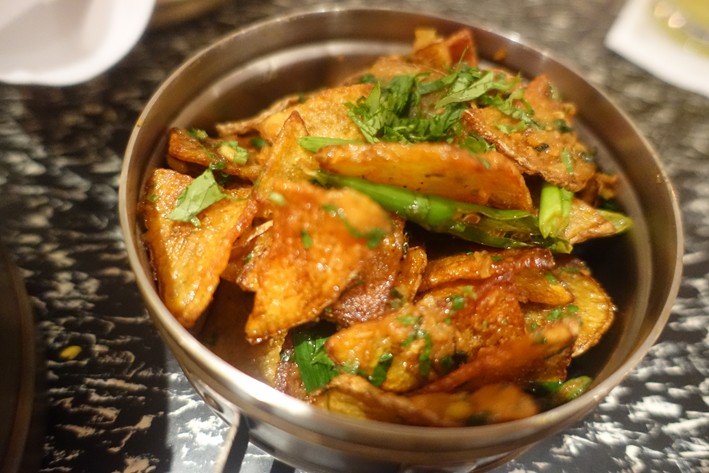
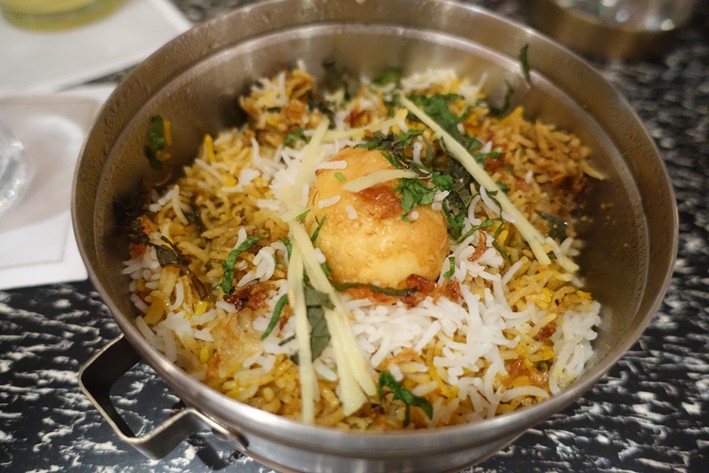
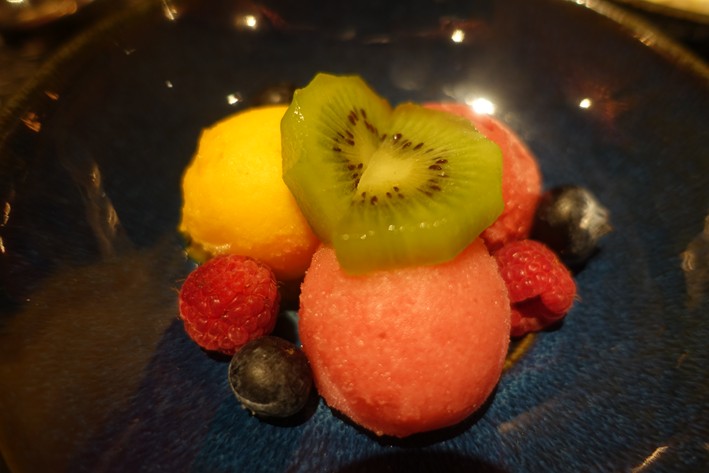

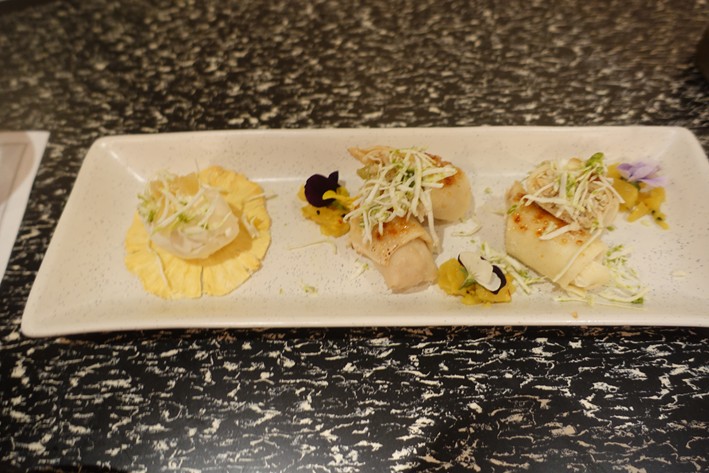
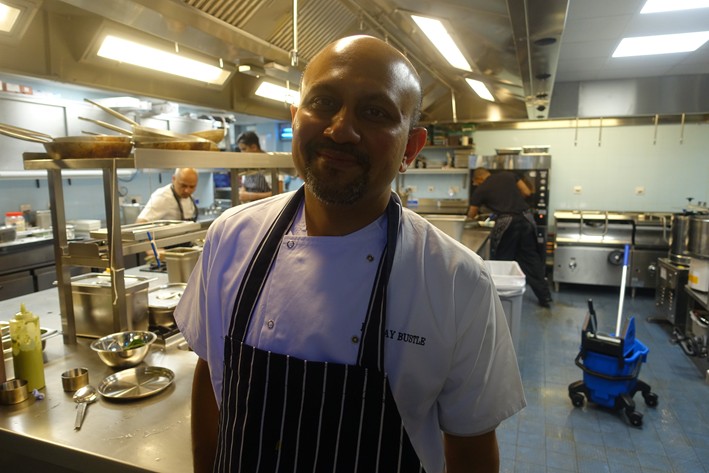

Add a comment
Thank you for submitting your comment, this will be checked and added to the website very soon.
User comments